A wholesale human replacement in automation world, difficult to envision
September 13, 2019 2:50 pm
In discussion with Paul Gruhn, President, ISA, in an interaction with Athira Bejoy of OEM Update discusses about how ISA has changed over the years and how automation and humans can co-exist in the future.
Can you tell us about ISA, its commitments and concerns?
ISA (the International Society of Automation) is a 74-year-old non-profit organisation. A concern that all organisations worldwide have is, how to keep up with the rapid rate of change. The world has changed a great deal in the last century and ISA has changed along with it, although perhaps not at the pace that some may have desired. To help guide and focus our efforts, we updated our vision and mission statements last year. Our vision is to “create a better world through automation”. Our mission is to “advance technical competence by connecting the automation community to achieve operational excellence”. Recent strategic discussions have led to the following four high-level initiatives to be addressed over the next three to five years.
• Establish and advance ISA’s relevance and credibility as the home of automation by anticipating industry needs, collaborating with stakeholders, and developing and delivering pertinent technical content.
• Enhance member value and expand engagement opportunities to nurture and grow a more diverse and global community to advance the automation profession.
• Become recognised leader in automation and control education, providing training, certifications, and publications to prepare the workforce, to address technology changes and industry challenges in the most flexible and relevant ways.
• Create opportunities for members to improve critical leadership skills, to build a network of industry professionals, and to develop the next generation of automation professionals.
Automation is now at the forefront of digital transformation. How true is this statement?
I couldn’t agree with it more. Automation has been at the forefront of every industrial revolution. Mankind has always benefited from its results. Everyone is now talking about digital transformation, the internet of thing (IoT) and the industrial internet of things (IIoT). They offer increased efficiency, reliability and profitability, tangible benefits that every company wants. Yet none of it can happen without automation. Their implementation will create such masses of data that only artificial Intelligence will be able to make sense of it all.
Automation, when coupled with AI, has done incredible things in its lifetime; however, it comes with a price, a wholesale human replacement. What do you think?
Artificial Intelligence enables and enhances automation. Most people do not like change, yet change is inevitable. The noted quality Guru W. Edwards Deming was known for saying “It is not necessary to change; Survival is not mandatory.”
There is no doubt that change is disruptive and sometimes even painful. We all hear people complain about automation displacing their workers. It has for hundreds of years. The printing press did away with scribes. Factory robots did away with some manual labor. Did those displaced workers not move on to bigger, better and more creative things? The automobile did away with an entire industry that had to manually pick up and dispose of horse ‘products’. How many people fought against the automobile to wanting to remain in that job? The truth is automation does displace some jobs, but this displacement is often for better and even higher-paying jobs.
It is impossible to predict what the future may bring, but mankind has never been able to curtail the inevitable progress. A ‘wholesale human replacement’ is difficult for me to envision. Science fiction movies have shown such possibilities, with both positive and negative consequences. All change has the potential for unforeseen consequences.
How do you think human, automation and AI co-exist?
Could anyone have predicted the kind of impact the personal computer or the iPhone would have one year before it was invented? Humans have always developed technologies to enhance their lives. We would not be able to feed the world’s masses if it were not for automation. We have always learned to co-exist with our creations. Automation allows for greater efficiency, productivity, and profitability. Inevitable progress will eventually lead to the acceptance and utilisation of the internet of things. There will eventually be so much data to interpret that only Artificial Intelligence will be able to make the benefits of big data and IoT possible. Early adopters of new technologies have always faced challenges, but they are the ones that usually reap the benefits. Everyone else must then either play catch-up to remain in the ‘game’ or be left behind. We have no choice but to co-exist with AI. One can remain in denial over such matters, but as someone once said, “the only constant in life is change.” Societies cannot turn back time and revert to living in the Bronze Age. While people in the Middle Ages did not have to worry about ‘the bomb’, we do not have to worry about the plague.
What levels of security are needed to be implemented when we opt for full on automation model?
The terms ‘levels of security’ and ‘full on automation’ are open to interpretation. The IEC 62443 family of cybersecurity standards (created by the ISA 99 standards committee) use the term ‘security level’. Just as with safety instrumented systems and the performance term ‘safety integrity level’, the security level of each automation system needs to be determined for each application. Not all systems must be protected against hacker’s intent on violating systems using specific means and knowledge and extensive resources. Yet some do need to be! Just as there is no car, computer, television, phone or guitar suitable for all, there is no single security level appropriate for all systems.
‘Full on automation’ could refer to the idyllic fully automated ‘lights out factory of the future’. While that has been touted as an ideal for many decades, I believe it will remain an unrealised goal for most applications over the next decade or more. Again, it is impossible to predict the future.
What are some of the concerns regarding standardised automation in industries?
That depends upon what you mean by ‘standardised automation’. ISA has over 100 standards. They have been in use worldwide for many decades for just about everything in the automation field. Without standardisation, no device or system would be configured the same, be able to communicate with each other, or even be installed in a similar manner.
Control systems of the past were ‘closed’ and proprietary. Users demanded lower costs and commercial-off-the-shelf (COTS) operating systems, development platforms, and communications. They eventually got what they asked for, along with the unanticipated consequences of cybersecurity vulnerabilities. Yet vendors always did something to try and retain their installed base. Users have continued to demand truly open systems (and not be locked in to any particular vendor) and even lower costs. It is worth noting that the military and aviation fields have gone through similar shifts in the implementation of computer-based systems. As a result, the Open Process Automation Forum (led by ExxonMobil), has been developing a new open automation systems and standards. Vendors will naturally have concerns over commoditisation and what further value that might add. No doubt this will represent another significant disruption and shift in the industry.
What is your message to the industry – to support the ISA and in what ways?
Recall the new vision and mission statements from above. Support of ISA comes from individuals (students, teachers, employees and consultants), employers, and volunteer leaders.
For individuals: are you looking to increase your technical knowledge and make yourself more valuable and competitive in the marketplace? Are you looking for a way to advance your career more quickly? Are you looking for ways to make your employer more successful? If so, ISA has just what you are looking for!
For employers: are you looking for a competitive advantage? Are you looking for a way to increase the competency of your employees, or a place to find competent prospects? Are you looking for a way to increase your operational excellence (safety, security, efficiency, profitability)? If so, ISA has just what you are looking for!
For volunteers: are you looking for a way to increase your network of contacts and increase your leadership skills? Over 1,000 ISA volunteer leaders recently participated in a survey. Of those who responded, 88 per cent said they would volunteer again, 96 per cent encourage others to volunteer, and 92 per cent would still volunteer even if their company did not provide support. Theodore Roosevelt (a US President in the early 20th century) said something that is just as relevant today for ISA. “Every person owes part of their time and money to the business or industry in which they are engaged. No person has a moral right to withhold their support from an organisation that is striving to improve conditions within their sphere.” Do your part and get involved. As everyone so far has reported, not only will you enjoy it, you, your employer and ISA will benefit from it!
What are the key factors that will influence the global automation market in 2020? What are your projections?
Factors and demographics in the US are very different than in India and other areas of the world. Factors influencing US industry and the automation market in general include a) the retirement of the ‘baby boomer’ generation and the resulting loss of knowledge, b) competitive pressures, c) the downsizing of most end users and the resulting outsourcing of services, d) the reluctance of companies willing to invest in training, e) fewer young people willing to enter STEM (science, technology, engineering and math) fields, and f) fewer young people willing to work in ‘industry’. In general, there simply are not enough people around to get all the necessary work done! Artificial Intelligence and automation will enable organisations to do more with fewer resources, but we will still need qualified people to design, build, protect, operate and maintain industrial facilities.
It is impossible to predict what the future may bring, but mankind has never been able to curtail the inevitable progress.
Paul Gruhn, President, ISA
Cookie Consent
We use cookies to personalize your experience. By continuing to visit this website you agree to our Terms & Conditions, Privacy Policy and Cookie Policy.



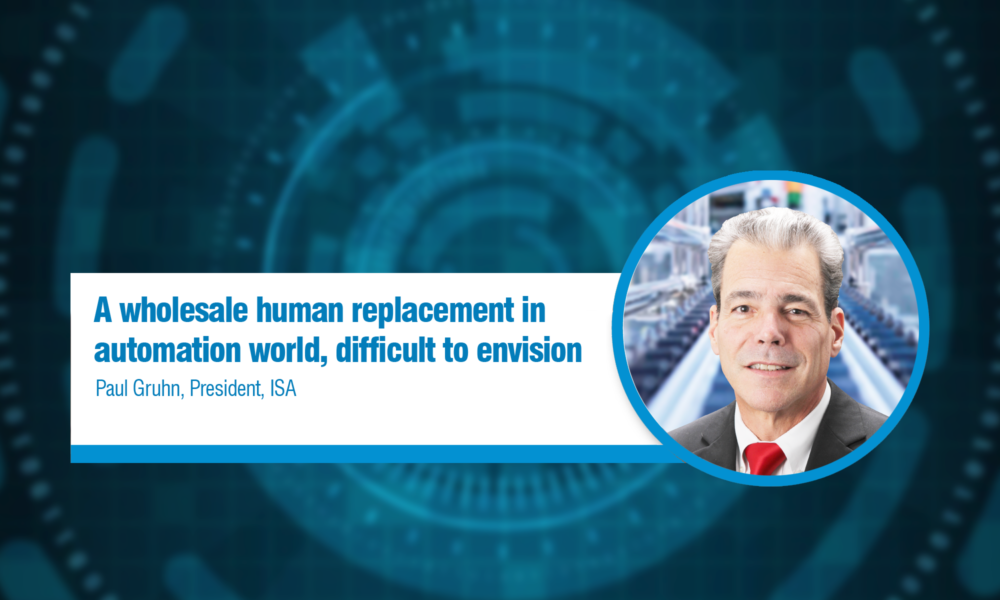





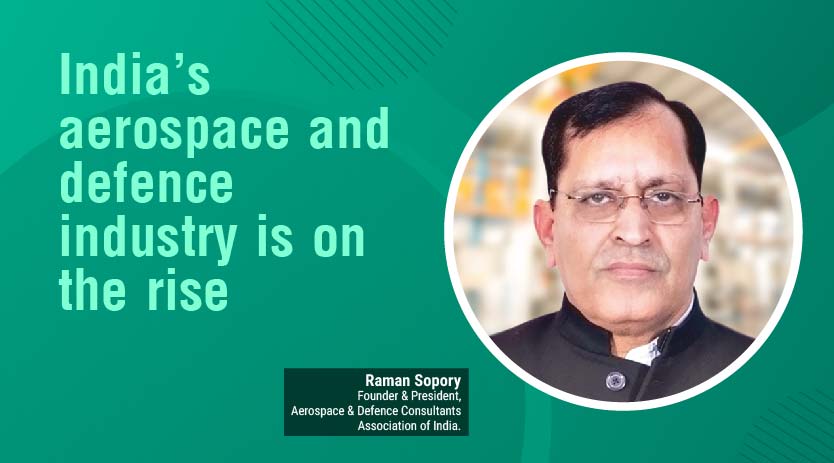
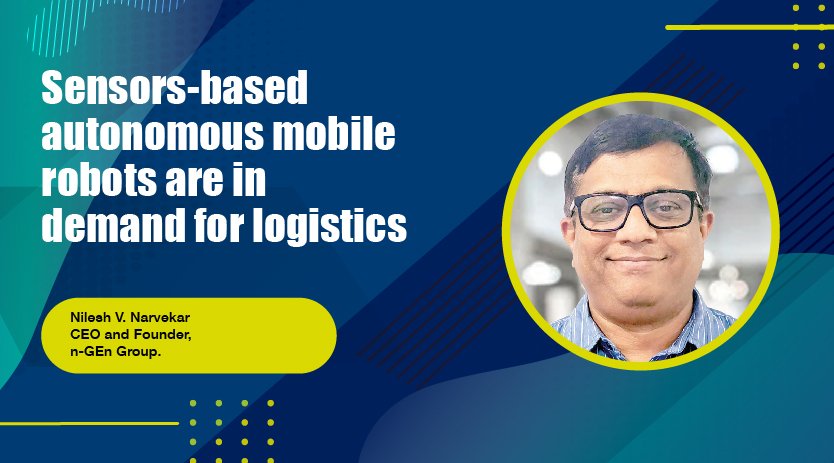
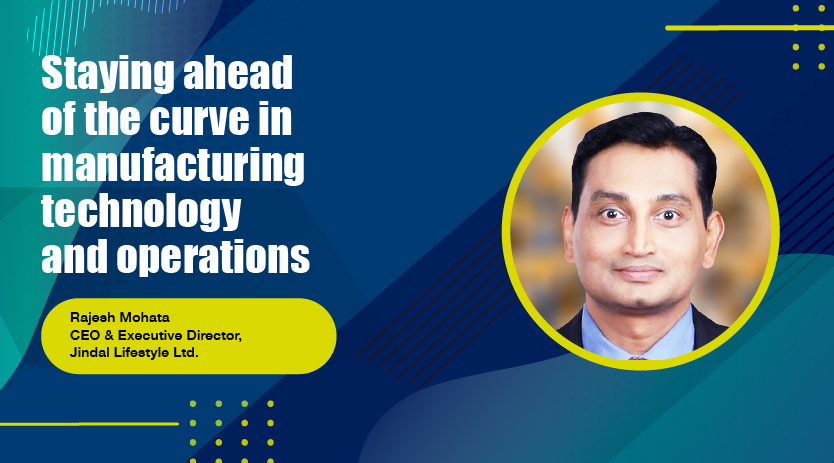

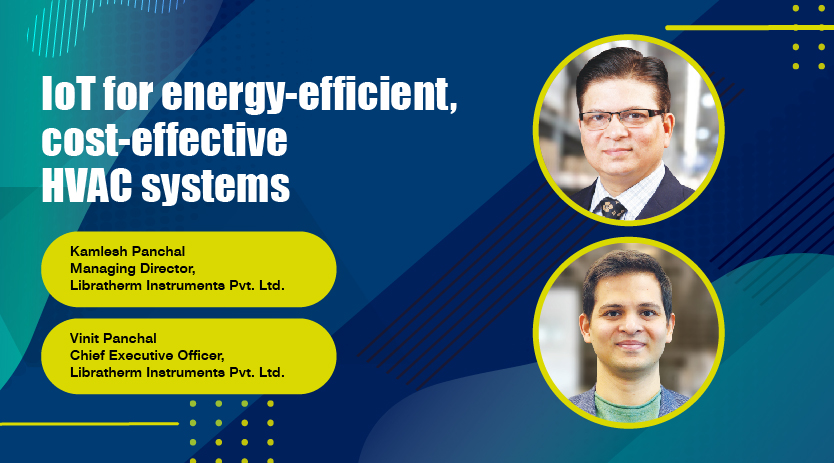




 English
English Hindi
Hindi